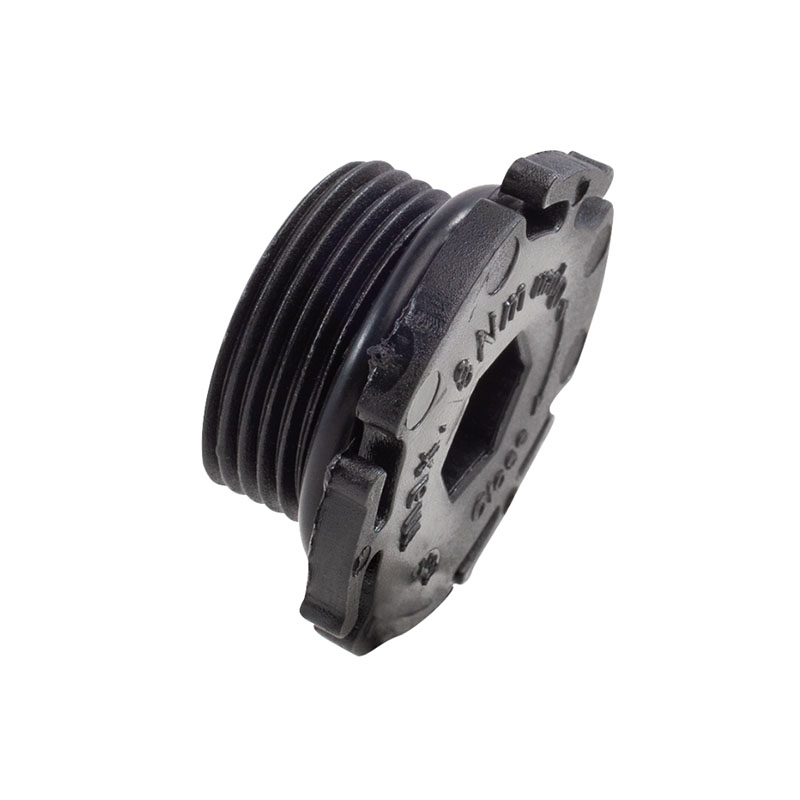engine oil pan gasket
Understanding Engine Oil Pan Gasket Importance, Symptoms of Failure, and Replacement
The engine oil pan gasket is a crucial component in any vehicle's engine system. Serving as a seal between the oil pan and the engine block, it plays a vital role in maintaining the integrity of the engine's oil system. Without a properly functioning oil pan gasket, the engine may suffer from oil leaks, which can lead to more severe mechanical problems if not addressed promptly. In this article, we will explore the importance of the engine oil pan gasket, the symptoms of its failure, and how to replace it.
Importance of the Engine Oil Pan Gasket
The primary function of the engine oil pan gasket is to keep oil contained within the oil pan and prevent it from leaking out. Oil is essential for lubricating engine components, reducing friction, and dissipating heat. A leak in the oil system can significantly reduce oil levels, leading to inadequate lubrication and potentially damaging the engine over time.
Moreover, the gasket helps to maintain the engine's pressure, which is crucial for ensuring that oil circulates efficiently throughout the engine. This effective circulation is necessary for both performance and longevity, ensuring that all engine parts function smoothly. Additionally, the oil pan gasket helps to prevent contaminants from entering the oil system, which could foul the oil and compromise the overall health of the engine.
Symptoms of Oil Pan Gasket Failure
Recognizing the signs of a failing oil pan gasket is critical for preventing further engine damage. Here are the most common symptoms
1. Oil Leaks The most obvious sign of a failing oil pan gasket is the presence of oil leaks. If you notice oil pooling under your vehicle or see oil spots on your driveway, it could indicate that your gasket is compromised.
2. Low Oil Levels If you frequently need to top off your oil, this could be a sign that oil is seeping out due to a faulty gasket. Regularly checking your oil levels can help you catch the issue early.
3. Engine Overheating When the oil level drops significantly, the engine may run hotter than usual. Insufficient oil circulation can cause parts to overheat, leading to a range of issues.
4. Unusual Engine Noises If you hear knocking or ticking noises coming from the engine, it could be due to lack of lubrication. This can suggest that oil is not reaching vital components due to a leak.
engine oil pan gasket

5. Burning Oil Smell If you notice a burning oil smell, it may be because the leaking oil is contacting hot engine surfaces, causing it to burn off. This not only indicates a problem but can also pose a fire risk.
Replacement of the Oil Pan Gasket
If you suspect that your engine oil pan gasket has failed, it’s essential to address the problem immediately to avoid more extensive damage. While replacing the gasket can often be accomplished as a DIY project, it may require some mechanical skills and tools. Here’s a brief overview of the process
1. Gather Tools and Materials You will need a socket set, screwdrivers, a scraper, a torque wrench, and a new oil pan gasket. It’s also advisable to have oil and an oil filter on hand for a complete maintenance check.
2. Drain the Oil Start by draining the engine oil using a drain pan. This step is crucial to prevent spills when removing the oil pan.
3. Remove the Oil Pan Unscrew the bolts that hold the oil pan in place and carefully remove it. Clean the mating surfaces of the oil pan and the engine block to remove old gasket material.
4. Install the New Gasket Place the new oil pan gasket onto the cleaned surface of the oil pan. Ensure it is properly aligned before securing the oil pan back onto the engine.
5. Reassemble and Refill Tighten the bolts to the manufacturer's specified torque settings, replace the oil filter if necessary, and refill the engine with clean oil.
6. Check for Leaks After reassembly, start the engine and let it idle for a few minutes. Check for any signs of leaks to ensure the gasket installation was successful.
In conclusion, the engine oil pan gasket is a critical component of a vehicle's engine ecosystem. Regular maintenance and prompt attention to the symptoms of gasket failure can save vehicle owners from costly repairs and prolonged downtime. By understanding the importance of this gasket, recognizing signs of failure, and knowing how to replace it, vehicle owners can ensure their engines run smoothly for years to come.
-
Understanding the Front Main Engine Seal: Purpose, Maintenance, and Installation
News Jul.29,2025
-
Understanding O-Rings and Seal Rings: Types, Applications, and Custom Solutions
News Jul.29,2025
-
Understanding Crankshaft Oil Seals: Rear Seals, Pulley Seals, and Their Role in Engine Integrity
News Jul.29,2025
-
The Importance of Front and Rear Crankshaft Seals in Engine Performance and Oil Management
News Jul.29,2025
-
Crank Oil Seals: Functions, Types, and Cost Considerations in Engine Maintenance
News Jul.29,2025
-
A Comprehensive Guide to O-Rings and Seals: Types, Materials, and Global Applications
News Jul.29,2025
-
Mastering Diesel and Performance Engine Maintenance: A Guide to Critical Oil Gaskets
News Jul.28,2025
Products categories















